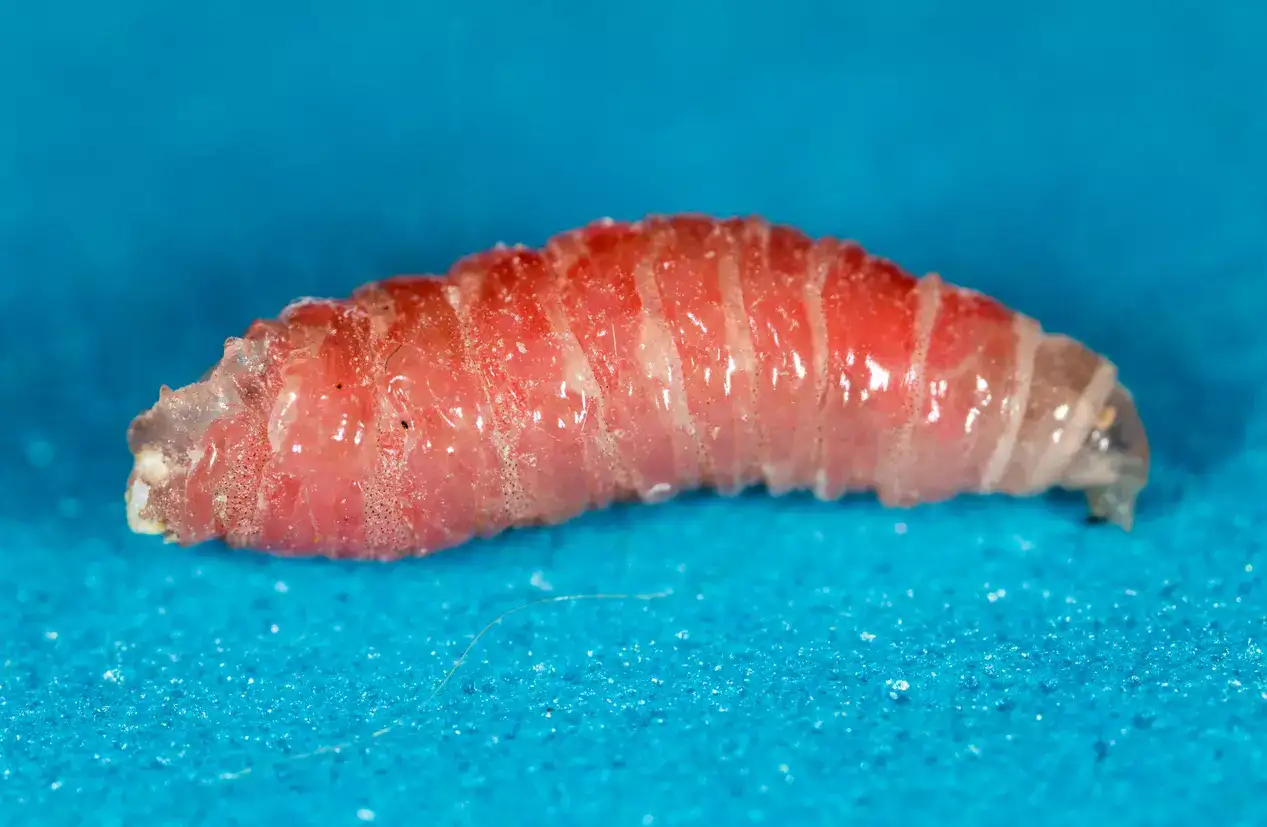ARTICLE AD BOX

The New World screwworm is not just another insect; it’s a flesh-eating fly whose larvae can burrow into living tissue, feeding and multiplying until the host is left with deep, painful wounds.
A recent outbreak in Central America and Mexico has spilt into global headlines after the US confirmed its first human case linked to travel. While the patient has recovered, the incident has sparked concern across the health and agriculture sectors.
What exactly is the screwworm, and why is it feared?
Here’s the fact: the screwworm fly lays eggs in open wounds of animals or humans. The maggots that hatch don’t feed on dead skin, unlike common fly larvae. Instead, they screw themselves deeper into living tissue with sharp hooks, causing severe injury.
That’s where the “flesh-eating” name comes from.The truth is, even though such cases in humans are rare, the real danger lies in its rapid spread among livestock. Cattle, goats, horses, and even wildlife are at risk. One outbreak can wipe out herds and destabilise food systems that communities rely on.
A low risk for people, but not for farmers
Health authorities, including the CDC, maintain that the risk to public health in the US remains “very low.” That’s reassuring.
However, for farmers in Central America, the story is different. Panama, for example, reported over 6,500 cases of livestock in a single year, a shocking rise from the earlier average of just 25.The pest not only causes animal suffering but also threatens livelihoods. The US Department of Agriculture has warned that unchecked screwworm infestations could cost more than $100 billion in livestock-related economic activity.

Representative image.
Lessons from the past: Eradication and return
Decades ago, the US successfully eliminated screwworm through an unusual method: releasing sterile male flies that eventually wiped out the breeding cycle. That victory kept American livestock safe for generations. But now, with the parasite spreading through Central America and knocking at the borders, new facilities and patrols are being set up to prevent a comeback.The truth here is sobering: eradication doesn’t mean extinction.
A single lapse in vigilance, a single infected animal crossing the border, and the cycle can begin all over again.
Why awareness matters now more than ever
The case in Maryland reminds us that health and agriculture are deeply linked. For travellers, awareness is key, especially when heading to regions where screwworm is active. For farmers, it’s about maintaining strict monitoring and reporting. And for governments, it’s a reminder that pests don’t respect borders.Disclaimer: This article is based on verified information from Reuters, the US Department of Agriculture (USDA), the Centres for Disease Control and Prevention (CDC), and official health statements. It is intended for general awareness and should not be taken as medical or veterinary advice.



.png)
.png)
.png)
















 7 hours ago
3
7 hours ago
3









 English (US) ·
English (US) ·